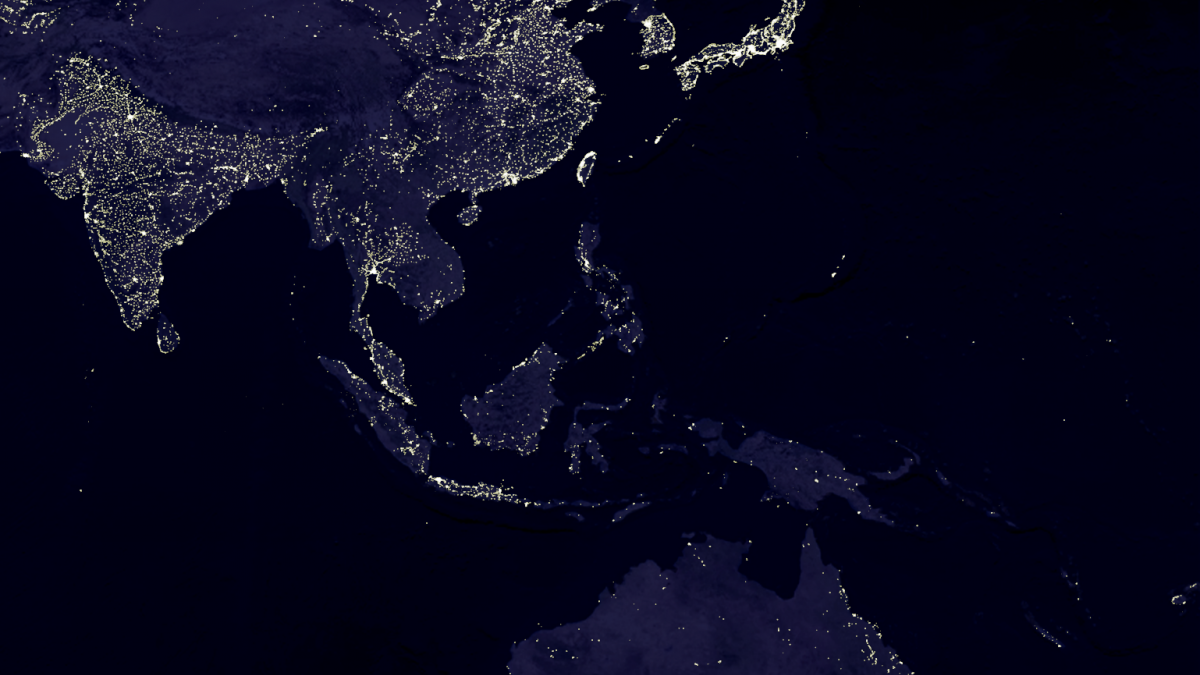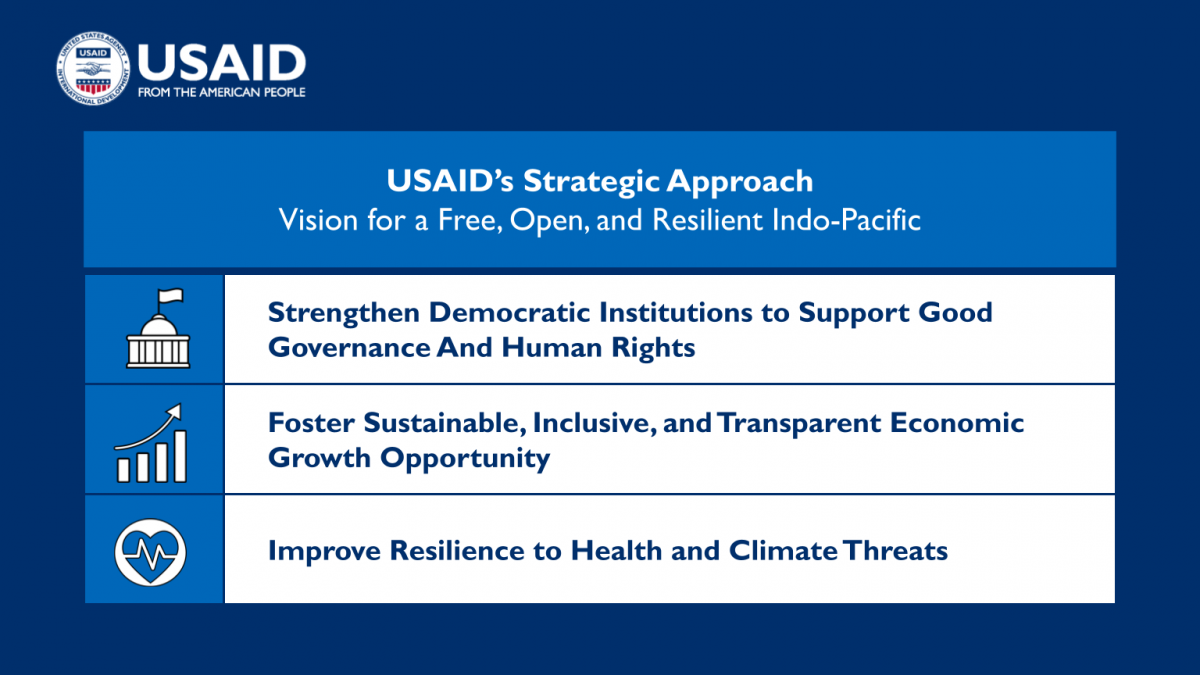
In December 2021, Secretary of State Antony J. Blinken laid out the U.S. Government’s Indo-Pacific Strategy, America’s vision for a free, open, connected, prosperous, resilient, and secure Indo-Pacific region in which all countries are empowered to adapt to the 21st century’s challenges and seize its many opportunities. The United States will pursue an Indo-Pacific region that is:
Free & Open: A free Indo-Pacific means problems are dealt with openly, rules are reached transparently and applied fairly, goods and ideas and people flow freely—across land, cyberspace, and the open seas—with governance that is transparent and responsive to the people.
Connected: A connected Indo-Pacific means stronger connections within and beyond the region that allow us to work together as a regional community to tackle our shared problems.
Prosperous: A prosperous Indo-Pacific means broad-based prosperity and free, fair, open, and reciprocal trade that leaves no communities or countries behind in the 21st century.
Resilient: A resilient Indo-Pacific means improved global health security and strengthening people’s, countries’ and economies’ ability to withstand climate change, pandemics, and transnational threats.
Secure: A secure Indo-Pacific means that movements of people, ideas, and goods across international sea, land, and air borders and across cyberspace are made legally.
USAID’s Strategic Approach to the U.S. Vision for a Free, Open, and Resilient Indo-Pacific
USAID is advancing the vision through bilateral and regional efforts across three objectives: strengthen democratic institutions to support good governance and human rights; foster sustainable, inclusive, and transparent economic growth, and improve resilience to health and climate threats.

To learn more about USAID's programming in the Indo-Pacific, view our summaries of results. These reports are published on a public online database called the USAID Development Experience Clearinghouse (DEC).
